To Build a Data Driven Performance Marketing Strategy from ScratchBegin by gathering data on your target audience, such as age, location, and interests. Use this data to create buyer personas and identify the best channels to reach your target audience. Finally, use data to measure the success of your marketing efforts.
Performance Marketing: What Is It?
Digital marketing that gets specific results like sales, leads, or conversions is called performance marketing. Unlike brand marketing, performance marketing focuses on measurable results and spreading your brand message.
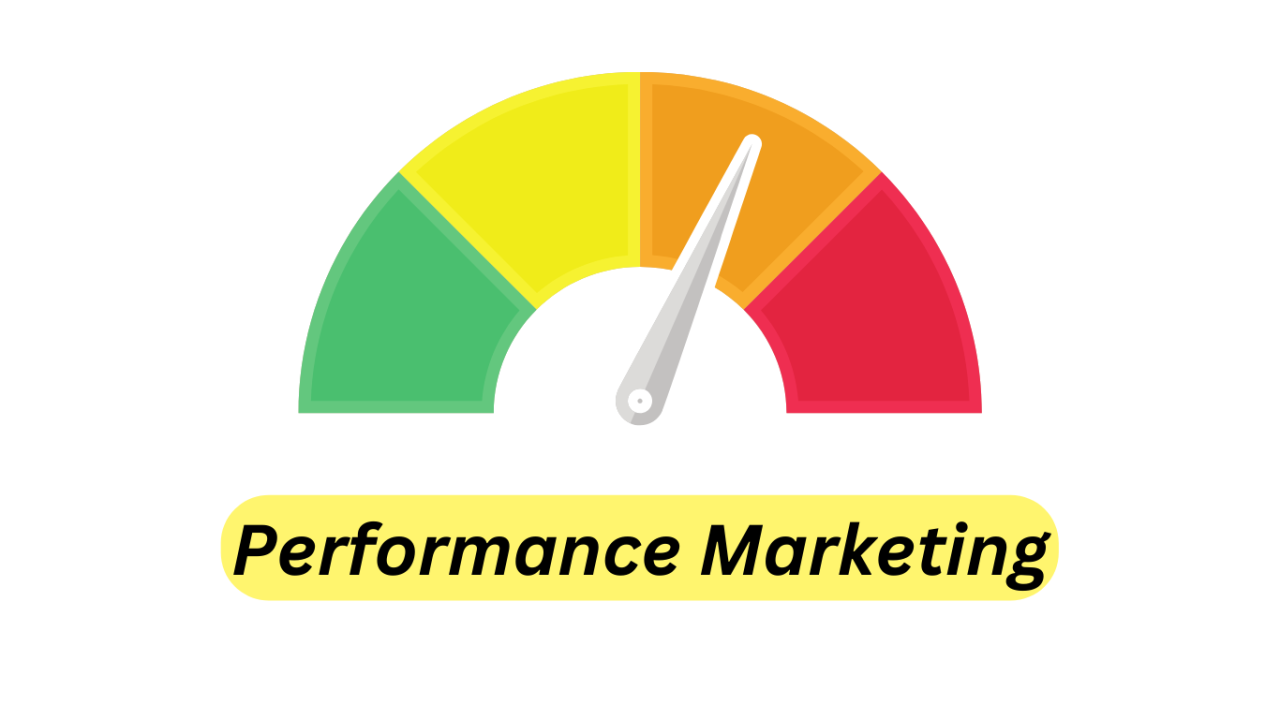
How to Develop a Data-Driven Marketing Plan
Pay for marketing only when people take action, so it’s low risk.
The focus in performance marketing is on results, costs are tied to results, and ROI is measurable.
Using Performance Marketing For Your Business
Your audience gets targeted at scale with performance marketing, and you get paid based on engagement.
It’s measurable, so marketing budgets are used more efficiently.
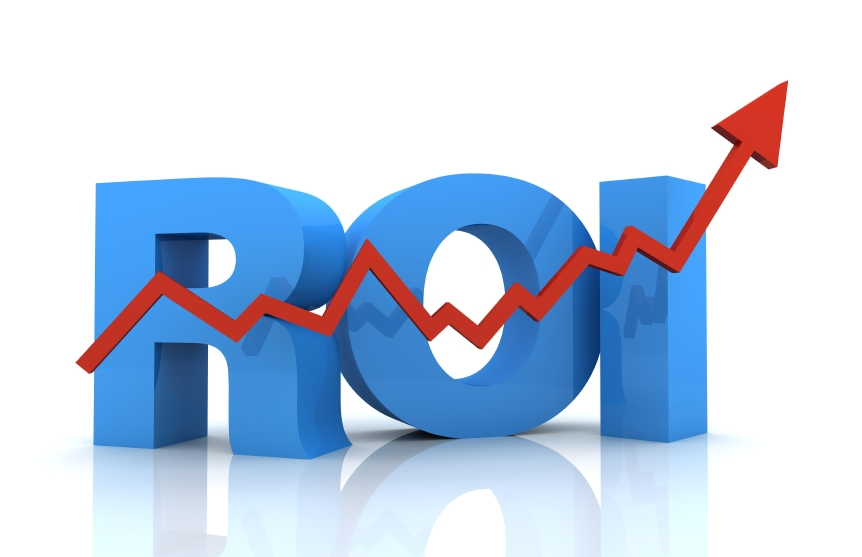
How to Develop a Data-Driven Marketing Plan
Only pay for specific actions, and highly trackable so you can make adjustments and optimize in real time.
It’s more goal focused, so it gets higher ROI.
Marketer’s Channels For Performance
SEM (Search Engine Marketing)

How to Develop a Data-Driven Marketing Plan
Image Courtesy –Era9
In search engine marketing, you run ads on search engines like Google or Bing to drive traffic.
You get immediate feedback from metrics like cost-per-click, click through rates, and conversion rates.
Using SEM, you can reach your target audience when they’re searching for products or services relevant to your business.
Ads on social media
You run ads on social media platforms like Facebook, Instagram, Twitter and LinkedIn with social media advertising. To build brand awareness, you can also integrate brand marketing into these campaigns.
A targeted audience and tons of user data will help you target and optimize your ads.

How to Develop a Data-Driven Marketing Plan
You can drive traffic to your site, generate leads, and increase sales with social media advertising.
A native ad
In native advertising, you place marketing messages in front of people at a relevant time and place.In other words, it’s paid media that looks like a site’s natural form and function rather than like an ad.

How to Develop a Data-Driven Marketing Plan
Driving website traffic, generating leads, and boosting sales can be done with native advertising.
Making A Performance Marketing Strategy
Performance marketing involves defining your goals, choosing the right channels, finding partners, launching and optimizing campaigns, and tracking results.
It’s important to have an idea of what you want to achieve, with measurable, achievable goals.
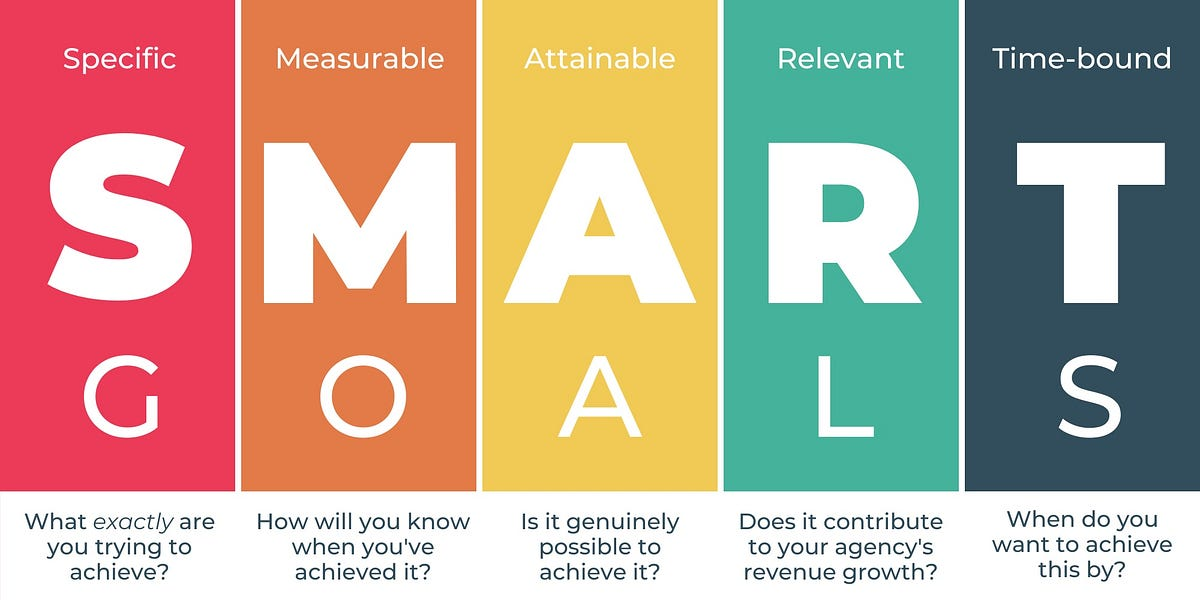
How to Develop a Data-Driven Marketing Plan
Make sure you use multiple channels, test with small budgets, and track it over time.
Decide what you want to accomplish
Establishing clear objectives is the first step in building a performance marketing strategy. A SMART goal is one that’s specific, measurable, attainable, relevant, and time bound.
An organized marketing strategy aligns efforts with the desired results when you have well defined goals.
How to choose the right digital channels
The key to reaching your target audience is choosing the right digital channels. It depends on your business objectives which channel is best for you.

How to Develop a Data-Driven Marketing Plan
Start out with a small budget and see which channels work best.
Make friends and partner up
Performance marketing is easier when you partner with influencers, affiliate networks, and ad platforms.

How to Develop a Data-Driven Marketing Plan
By choosing the right partners, you’ll get better conversions and better targeting.
Let’s get it up and running
When you’ve got your objectives and channels set, launch campaigns with tracking and monitoring in mind.
Budget small so you can adjust as needed based on real time data.
Keep an eye on things
Keep an eye on campaign metrics to make sure your marketing is working.

How to Develop a Data-Driven Marketing Plan
When you use analytics to measure performance, you’ll make better decisions and drive campaigns to success.
Marketing: How To Make The Most Of It
The key metrics in performance marketing
When you measure performance marketing, you track key metrics like cost-per-click (CPC), cost-per-impression (CPM), cost-per-lead (CPL), and cost-per-acquisition (CPA).
Metrics like these will let you know what your marketing is costing and how you can optimize it.
What’s the cost per click (CPC)?
The cost per click is how much you spend every time someone clicks on your ad. For search and social media ads, clicks are the main engagement driver.
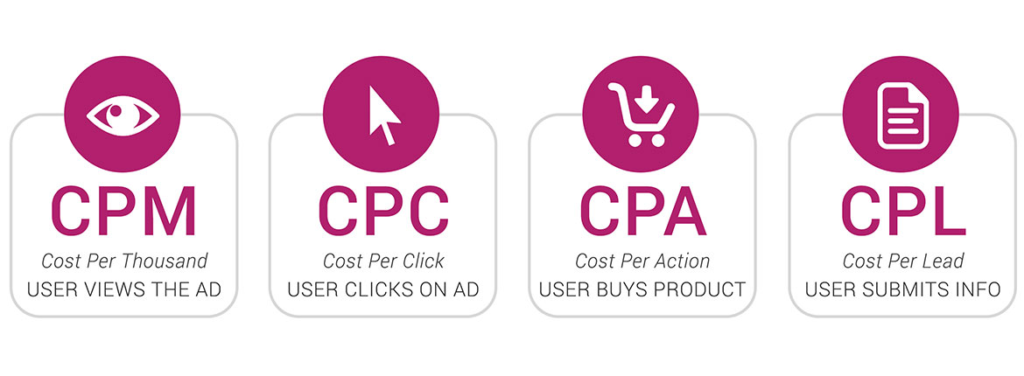
How to Develop a Data-Driven Marketing Plan
CPC tracking lets you see how well your ads are engaging the audience so you can adjust your budget accordingly.
What is cost-per-impression (CPM)?
Cost per thousand impressions is called CPM. Display and social media advertising use it for reach measurement.
A CPM tells you how many people saw the ad even if they didn’t click.
How much does it cost to get a lead?
Lead acquisition costs are how much it costs to get a sign up or inquiry. You need this metric if you’re trying to get leads.
Measure your campaign’s effectiveness by tracking CPL.
What’s the cost per acquisition (CPA)?
Customer acquisition costs are what it costs to get a new customer. It’s an important metric for sales driven campaigns.
You’re spending your marketing budget on activities that directly contribute to revenue when you focus on CPA.
Key Performance Indicators That Drive Revenue
Additionally, businesses should look at revenue generating KPIs like conversion rates, average order values (AOVs) and traffic.
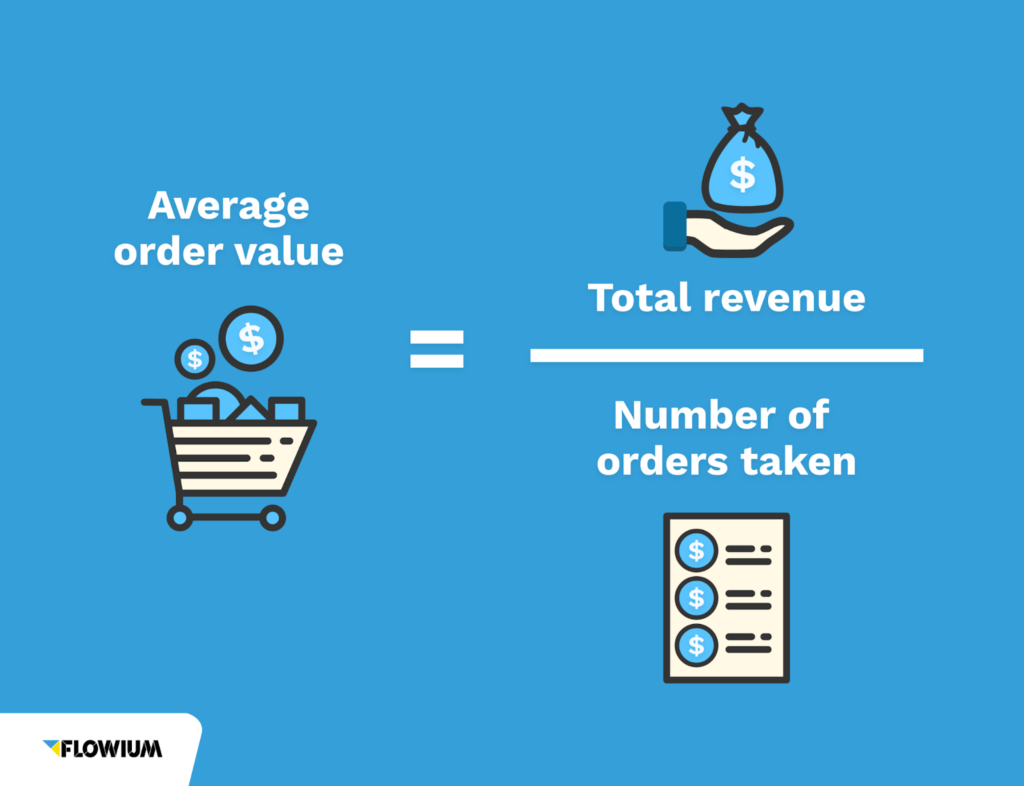
How to Develop a Data-Driven Marketing Plan
The KPIs below will give you an idea of how much revenue the campaign generated.
Amount of conversions
A conversion rate is the percentage of people who complete a desired action. A high conversion rate means you’re targeting and messaging well.
Analyzing conversion rate helps you measure traffic quality and improve campaigns.
What’s the average order value (AOV)?
Average order value is how much customers spend on each transaction. With a higher AOV, you can get more revenue without increasing conversions.
Finding upsell or cross sell opportunities is easy when you analyze AOV trends.
Getting traffic
You can find out how many people are visiting a site or landing page with traffic metrics. Keeping an eye on your traffic sources will help you figure out which channels are working.
The more traffic you get, the more revenue you’ll make.
Optimising Your Campaigns
Optimize your site with A/B testing
The key to optimizing performance marketing campaigns is to A/B test and optimize for revenue driving KPIs.

How to Develop a Data-Driven Marketing Plan
Find out what works with your audience by testing different ads, messaging, and landing pages.
Make your landing pages convert
You need a high converting landing page for performance marketing. Layout, CTA placement, and loading speed all affect conversion rates.
Making sure your landing pages are up to date and tested regularly will help you convert more people.
Optimising offers
To get users’ attention, you have to make compelling offers. Driving conversions is as easy as experimenting with different offers and incentives.

How to Develop a Data-Driven Marketing Plan
The goal of optimizing offers is to make sure they match your target audience’s needs and interests.
Continual monitoring and analysis
To make adjustments quickly, you need to monitor campaigns in real time. To make your campaign perform better, review your analytics data and adjust your targeting, bids, or creatives.
To make data driven decisions, use tools like Google Analytics, Facebook Insights, or third party analytics platforms.
Top Performance Marketing Tips
Designing landing pages

How to Develop a Data-Driven Marketing Plan
Put some effort into your landing page and offer, make sure it’s easy to navigate and highlights the value.
KPI A/B testing
You’ll be able to refine your ads and landing pages with frequent A/B testing. It’s important to A/B test and optimize for revenue driving KPIs.
Make sure you pick the right traffic
Make sure you pick the right traffic sources, some platforms are better for certain demographics.
Tracking and monitoring details
Monitor your campaign’s performance as much as possible. The more tracking you do, the more you’ll know what works.
Legislation and regulations
To avoid penalties and maintain a good reputation, make sure you’re compliant with relevant laws and regulations.
Conclusion
Getting revenue from performance marketing can help you achieve your goals. It’s important to understand the various channels available to you, as well as how to create effective campaigns. Working with a reputable performance marketing agency can help you maximize your ROI.
If you know what performance marketing is and how to build and optimize performance marketing campaigns, you can create campaigns that work. Performance marketing is an effective way to reach your target audience and measure the results. It is a cost effective way to reach a large audience and generate leads and sales.
Be up to date on the latest trends and best practices in performance marketing and test and optimize campaigns. Monitor performance and results, and adjust campaigns accordingly. Analyze performance data to identify areas of improvement. Evaluate campaigns to determine ROI.


